When the stars don’t pay the bills – rethinking Michelin, awards and the business of eating out in Singapore
In a climate where restaurants are shutting in record numbers, do Michelin stars and other awards still matter?
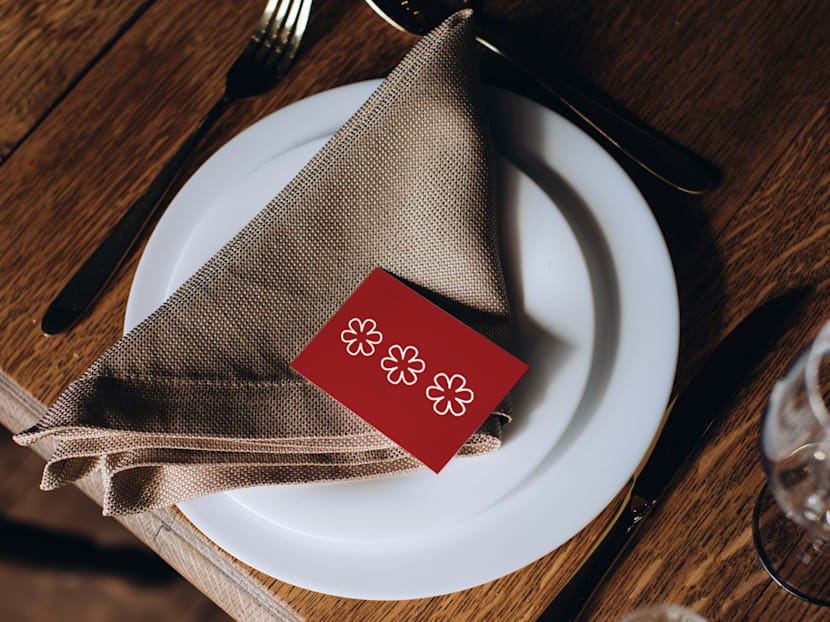
How much do restaurant awards influence your dining decisions? (Art: CNA/Jasper Loh)

This audio is generated by an AI tool.
It used to be simple: A shiny star (or three), a glowing listicle, a photo of a foamy something on a pebble, and voila, full books until next quarter.
But 2025 has been a bracing reality check for Singapore’s dining scene. Many talked-about closures have swept through every tier – hawker tiles to white tablecloths – with an average 307 F&B outlets shutting each month in 2025, up from 254 a month in 2024.
And it’s not just the obscure, the under-capitalised or the badly lit. In the past year, eight one-Michelin-star restaurants exited, followed by two more high-profile closures in August – Restaurant Euphoria and Alma by Juan Amador – just weeks after the 2025 star ceremony. Most recently, Michelin-starred Japanese restaurant Esora announced it will shut its doors in December after eight years in business.
Meanwhile, 2024 chalked up more than 3,000 F&B closures – the highest since 2005 – even as familiar names kept debuting and disappearing (Eggslut, Manhattan Fish Market, Burger & Lobster among the casualties; even titan Haidilao trimmed outlets).
Even clearly talented and much-lauded chefs like Euphoria’s Jason Tan can’t vanquish systemic issues like the climbing costs of ingredients, he said. And, when it comes to manpower, “restaurants can’t operate well without minimum staffing”.
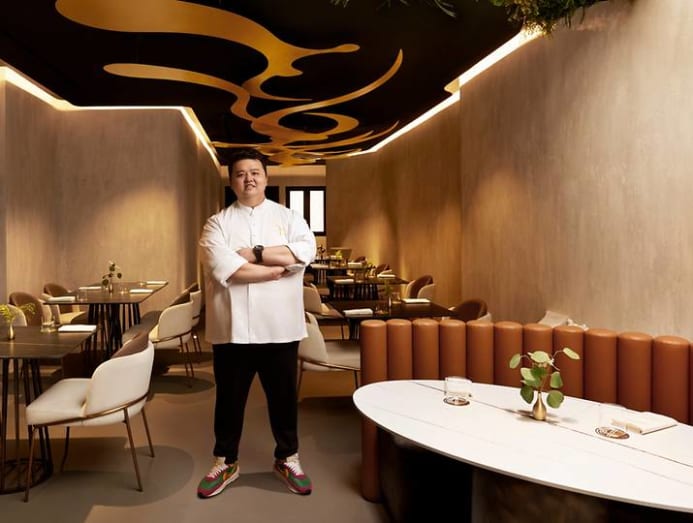
What’s more, the industry can’t go from strength to strength unless a mindset shift occurs so that people “feel the hospitality industry is as promising as other industries, if you work hard to excel”, he opined.
The adage “if you cook good food, people will come” now looks like trusting the Tooth Fairy for dental insurance, in light of the complex and multi-layered issues plaguing the F&B scene. What’s left to say that hasn’t been said about rising costs, hiring issues, profit-driven landlords and diners saving their money up to splurge on Bangkok restaurants instead?
As MasterChef Singapore judge and owner of restaurant Artichoke Bjorn Shen put it: “Singapore is the only country I know where you can have a full, busy restaurant and still be losing money.”
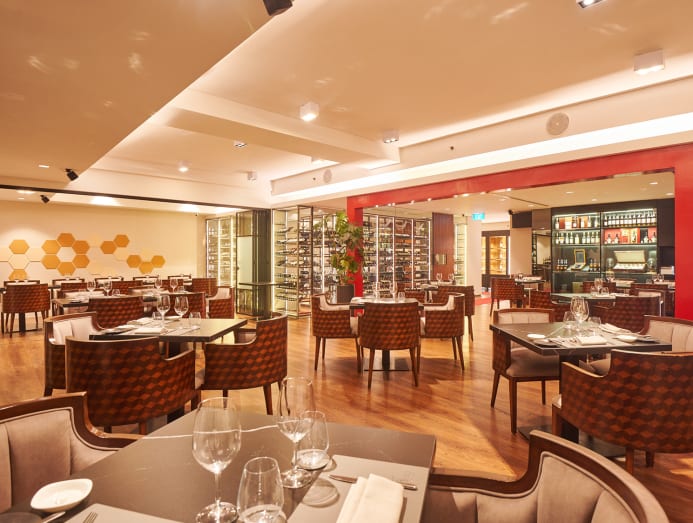
Perhaps it used to be the case that a shiny star could be relied upon to do a restaurant’s marketing for it.
“I remember when we used to widen our eyes, and the excitement, at Michelin coming to Singapore,” said Anthony Yeoh, chef-owner of French bistro Summer Hill.
However, these days, “we're spoilt for choice with a constantly evolving dining scene, and many of the best new places aren't on the Michelin or 50 Best lists”, opined analyst and foodie Verena Chin, who dines out about four times a week. “Fine dining restaurants, with their ‘Michelin premium’, are now often reserved for special occasions like birthdays or anniversaries.” And those, of course, don’t occur every day.
Now, when even a Michelin star doesn’t keep a restaurant inoculated against the same battles every other establishment faces, who is safe?
THE LONG AND SHORT OF AWARDS
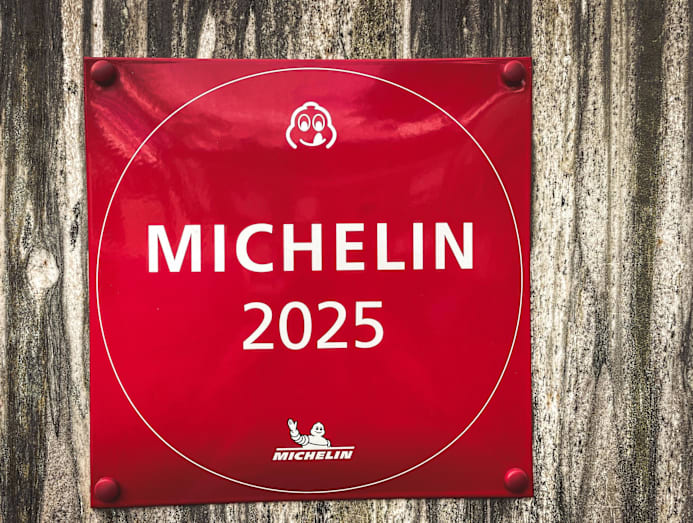
It’s worth pausing to ask: How do awards like Michelin and 50 Best work, and who decides these things, anyway?
The Michelin Guide relies on anonymous inspectors who visit restaurants multiple times before awarding or revoking a star. Their official five criteria: Quality of products, mastery of techniques, personality of the chef in the cuisine, value for money, and consistency between visits.
How many visits? Which inspectors? What cultural lenses do they bring? And, why is there a single, lonely hawker stall with a star? Michelin likes to keep an air of mystery about these details.
The World’s 50 Best Restaurants, meanwhile, runs on votes. More than 1,000 voters – a mix of chefs, restaurateurs, critics and “well-travelled gourmets” – each cast 10 votes, at least four outside their home region. Transparency has improved, but it’s still a network-driven system. Think Oscars: Prestige, influence, lobbying, visibility and zeitgeist matter.
For diners, both systems answer, “What is best?” although not necessarily, “What is relevant to me right now?” But, ranking systems do provide a framework of reference to facilitate discourse and decision-making.
Michelin-starred Singaporean fine-dining restaurant Labyrinth’s chef-owner LG Han gives this analogy: “Michelin and 50 Best awards are like having bullets for your gun, assuming the business is your gun. Without a trigger, the gun is useless. Having a gun with the bullets without a trigger does not equate success. But, would you rather have the bullets?”
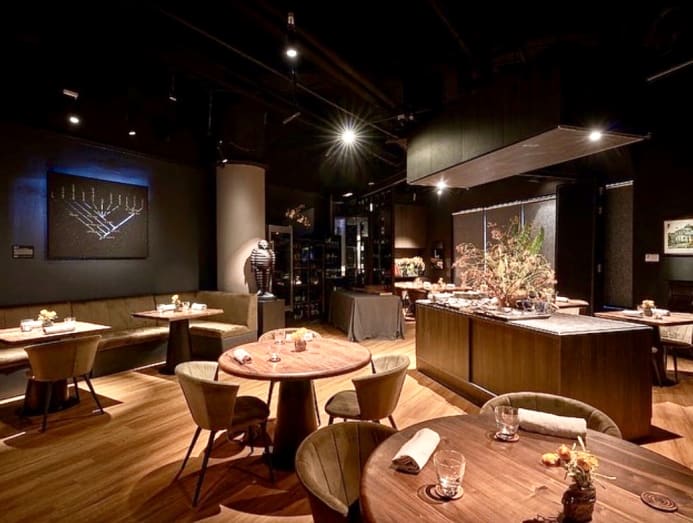
The trigger, he asserted, is a host of things like marketing; continuing to evaluate your product and its standing in the market; understanding costumers; understanding the economy; knowing your costs and whether you need to adjust your price point; and the consistency of your product’s quality.
But, what’s undeniable is that international awards are helpful for being discoverable by the overseas community. Around 50 to 60 per cent of Labyrinth’s guests are tourists, Han shared.
Chef Sebastien Lepinoy of Les Amis, one of a trio of restaurants in Singapore with three Michelin stars, concurred. “For many international guests, the three stars are what first bring them to Les Amis. As more than 40 per cent of our guests are tourists, we see the value of the Michelin stars as truly enormous. The impact of Michelin stars in Singapore, or anywhere in the world, is extremely positive,” he said.
Of course, maintaining stars is a job in itself, and Les Amis hasn’t lost one in the last six years and counting. Lepinoy credits this to their focus on sourcing the best and most unique ingredients; and also to the restaurant’s clear identity as one of only a handful of restaurants in the world serving pure French haute cuisine.
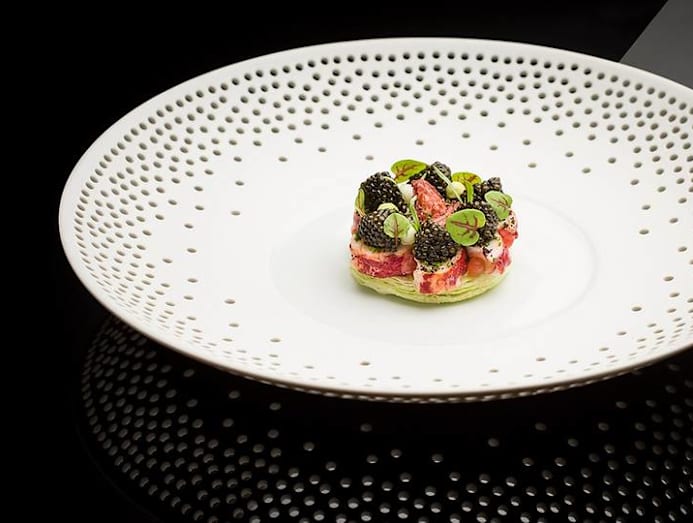
“Back in 2013 when I first joined Les Amis, I focused on setting up the identity, which is the DNA of the restaurant and the kitchen. It was very important to change to a true classic French haute cuisine with the classic French style of service. Establishing this identity and defining the DNA of the restaurant was probably the most strategic move one can make when opening a restaurant.”
VALUABLE CURRENCY
That said, a restaurant can’t rely on the tourist dollar alone. “Look at what happened during the COVID-19 pandemic,” Han pointed out. “The locals came out and supported us. Every business needs core support among the local community. You cannot build a business base just on foreigners.”
Singaporean Su Hui, 40, who works in the legal sector and dines out three to four times a week, said she does consider whether a restaurant has an international award when she dines overseas “as a shorthand way to identify popular foreign restaurants”, although “I take all food awards with a pinch of salt because taste is subjective”.
The same awards “don't influence me when I dine locally”. Instead, “what influences me locally is word of mouth and reviews from my friends whose palates I trust.” She added: “I also like to take the time to walk around and just check out local places and support them if I think they are interesting and authentic. I don't need a Michelin award to tell me they are good.”
If there is a bit of a trust issue when it comes to stars and plaques, part of the problem, the way Bjorn Shen sees it, is the way “awards have been bastardised”.
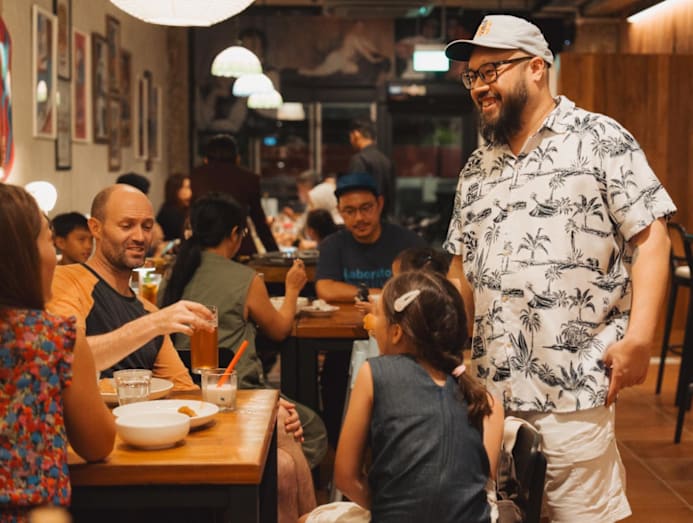
He explained: “Any chef who's worked in a Michelin-star restaurant thinks they can call themselves a Michelin-star chef, even though they were just a commis there. Then, they open a hawker stall and say, ‘Michelin-star hawker stall.’ It’s been flogged to death. So, no, I don't believe in the value of it anymore.”
Clearly, an award can help a restaurant’s discoverability, but not always in getting customers to return.
"I do genuinely think awards like the Michelin star are valuable, but you have to treat it as validation for the quality you aspire to, rather than as some marketing exercise to charge more, or to say that you run a superior restaurant,” said Loh Lik Peng, founder of the Unlisted Collective group of restaurants that includes Michelin-starred Zen, Cloudstreet, Burnt Ends, Marguerite and more.
“It’s a benchmark of quality but it’s not necessarily something that gives you some compelling, competitive advantage over restaurants that don't have a star. I think patrons go to restaurants because they get good hospitality there. The star is helpful to just give a nudge to that person to say, ‘Hey, I might be worth trying out. That’s all it really is. I think hanging a business plan on getting a star or two is usually a mistake because so much else in the restaurant hinges on other factors unrelated to the star.”
WHAT ARE THE ALTERNATIVES?

What does get people through the door these days, then? For Shen, it’s what he calls “xiaomeimei” influencers from Thailand and the Philippines: Young women with large followings on social media.
“Xiaomeimei hype is more powerful than awards,” he quipped. “People who care about awards are maybe your foodie travellers. Locals don't believe in that.”
When these influencers, who may not necessarily be foodies, post about his restaurants Small’s or Artichoke, reservation requests go up, he said. “Many xiaomeimeis from Thailand come. They don't eat. They just take lots of photos, and when we ask, they say they were happy with the experience.”
As a social media scroller, though, the sheer volume of food posts to digest can often be overwhelming.
“The market being inundated just highlights that nobody can objectively have the best food or even the most Instagrammable – someone else can just come along and copy it,” opined Yeoh.
“But, just like in beauty, fashion and sports, there are brands that find a way to differentiate. Big corporations reinvent and rebrand all the time for a new generation of customers. Has that time come for restaurants and industry awards as everyone moves to social media and influencers?” he posited.
For Han, who runs a fine dining restaurant, influencer marketing has become important, but only if it reaches the right audience. He believes in the importance of hiring a good PR team that knows which key opinion leaders to invite.
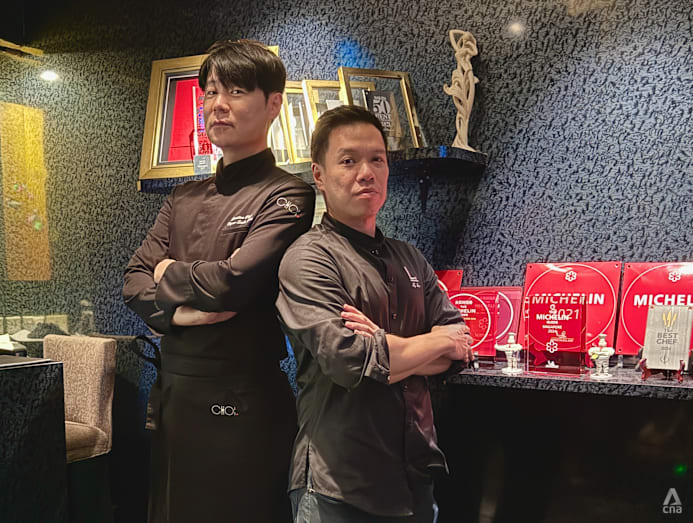
And, it’s not about follower numbers alone – some may not have huge followings but are “highly respected in the foodie group, which trickles down to the mass market eventually”, he said. They are also in a position to provide valued feedback about certain techniques or ingredients used, as they’ve eaten at many restaurants around the world.
The effectiveness of this strategy isn’t quantified or measured, he shared. “We just look at our revenue – the top line and bottom line. You cannot be penny wise, pound foolish.”
The point, of course, isn’t about whether we can weigh the effectiveness of influencer marketing against the value of an award. But, it can’t be denied that there are more channels of information for people to make decisions, compared to when the Michelin guide started out as a handbook for people on motoring journeys who wanted to eat well along the way and did not have Google Maps.
“There are a whole host of restaurants that do well without having a star,” Han pointed out, ranging from zi char establishment KEK Seafood to upscale Chinese restaurant Peach Blossoms.
The latter did, however, bag itself a Black Pearl award this year – a prestigious accolade touted as the Asian counter to the Michelin Guide.
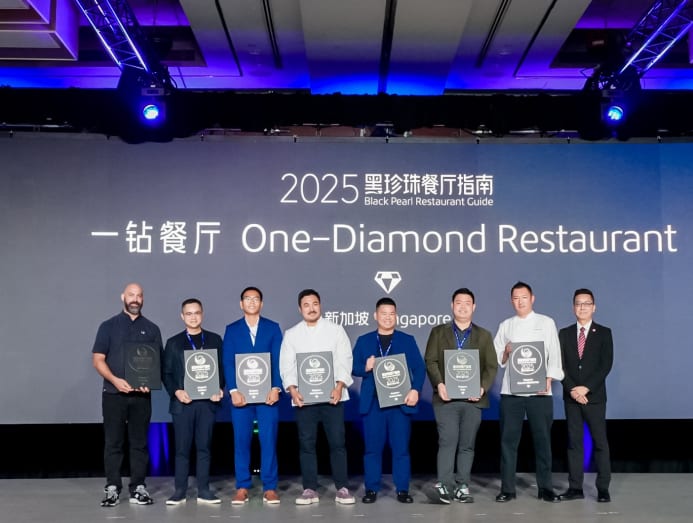
The Black Pearl awards, launched in 2018 by Chinese e-commerce giant Meituan, aim to evaluate food from an Asian perspective. Like Michelin, there are anonymous judges. But, one significant difference is that awards are determined also by user preferences shown in Meituan’s big data, collected via their platform.
Meituan’s platform includes food delivery, reservations and lifestyle services, which means they have access to data on bookings, covers, repeat visits, order values and transaction frequency. Because it also powers searches for restaurants, it can track what people are looking for – trending cuisines, dishes or chefs. This data helps them spot which restaurants are consistently drawing paying customers and not just generating short-term buzz.
For this reason, the Black Pearl is one award that begins to reveal the possibilities of how awards systems can move in more democratic and transparent directions.
RESTAURANTS MUST RUN LIKE BUSINESSES
Still, “it’s not like winning an award is a done deal to becoming successful as a business,” said Han.
“I think the recent spate of restaurant closures highlights the need for restaurants to be businesses also, which is the one positive thing that might come out of all this,” Yeoh said. “Something like Michelin may have helped in the past as chefs are not trained entrepreneurs. But marketing, branding, customer fit, having a business plan – all matter.”
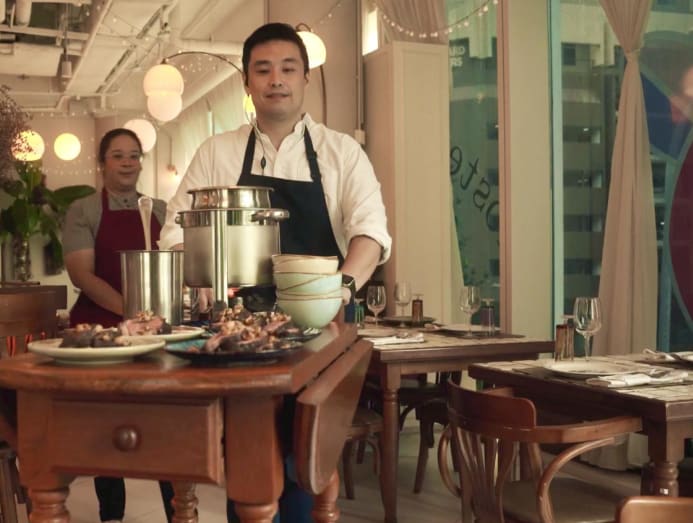
For instance, when he noticed that guests enjoyed sharing plates of food, he launched a “weekend brunch trolley” experience where small portions of dishes were served “dim sum style”. Bookings went through the roof.
For Han, who recently marked 10 years in business and has kept his Michelin star for nine years running, what has worked so far is cultivating “the trifecta" of product differentiation and quality in offerings, handling finances well and marketing.
“In culinary school, they teach you about costing. What people fail to realise is this: How is the public viewing your brand? You have to understand how much it is worth,” he said.
Besides cultivating a strong position as a chef who champions Singapore cuisine, he makes it a point to focus on marketing through maintaining strong social media presence, emails to his existing customer database and renewing his menus constantly so diners have a reason to come back.
“It’s very important to understand that business is still about the numbers,” he said. “You’ve got to understand the numbers of your profit-and-loss, and your cashflow. Get a good grasp of where your sales and revenue are coming from. Understand your value proposition and your target market, because that will influence how you work out your pricing strategy. Understand your variable costs. If you’re successful, understand what’s causing the profit. Don’t keep your head too deep in the operations side. Keep evolving and keep wanting to please your customers, and find ways to improve yourself.”
Restaurants that do evolve are able to embrace the changing market and economic climate.
Chef Paul Longworth, giving up his restaurant Rhubarb which had earned a Michelin star for 10 consecutive years, decided to morph it into a more casual concept called Encore by Rhubarb. Instead of fighting high costs and flagging sales due to lower consumer spending, he now offers three-course lunch sets at S$48.
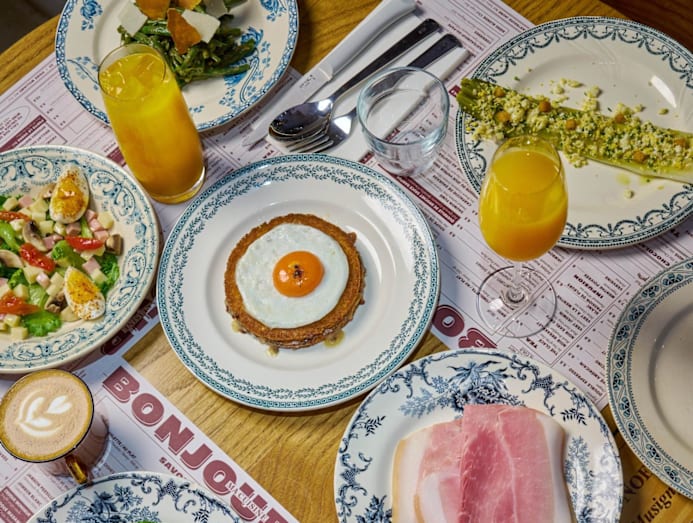
One-Michelin-starred Ma Cuisine launched a new breakfast and brunch brand earlier this year called Bonjour Ma Cuisine, serving French classics like a whole roasted spring chicken for S$19.90 and Croque Madame with truffle for S$28.80. Its dining room quickly filled up, and it is now gearing up to expand into Jakarta.
The Lo and Behold restaurant group, which runs three-Michelin-starred Odette, did this, too, when they opened Claudine in 2021, billed as a more casual spin-off from Odette.
The group owns and operates a mix of high-end and accessible concepts as “Singaporeans have always been fairly versatile diners – the same person who is celebrating a special occasion at a Michelin-starred restaurant might be the one having a hearty meal at a hawker centre”, said Lo and Behold’s chief marketing officer Tania Chan.
“What’s consistent across both ends of the spectrum is that people want to feel that their time and money are well spent, and that the experience delivers something meaningful, whether it’s a once-in-a-lifetime meal or a simple weeknight supper."
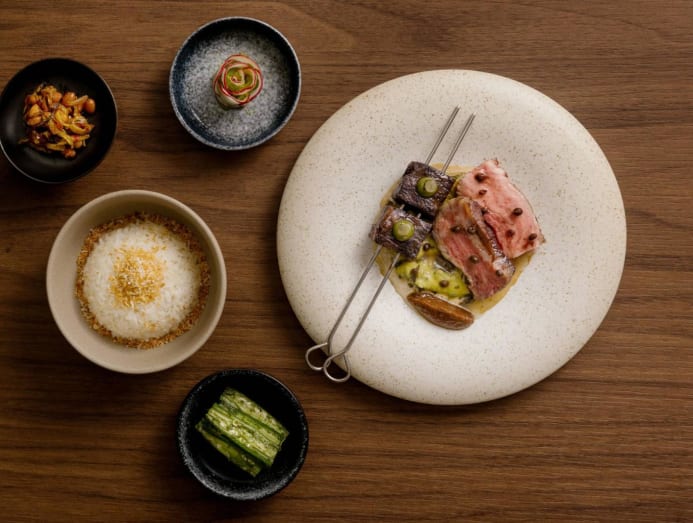
The benefit of being part of a restaurant group is that there is sometimes wiggle room to take more creative chances, like with modern Italian restaurant Somma, which delves into experimental techniques; or modern Singaporean restaurant Belimbing, whose mission it is to revive heritage local cuisine.
“The Group has always been disciplined about profitability, but our mission goes beyond the numbers. Part of being the Group is having the room to champion ideas that may not look the safest on paper but have the potential to help make Singapore more lovable, whether by pushing dining culture forward or creating experiences that feel truly meaningful for our teams and our guests,” Chan said.
From a big-picture perspective, that's a case of nothing ventured, nothing gained for Singapore’s F&B scene as a whole.
NOT A NEW PROBLEM, NOT A SPECIAL CIRCUMSTANCE
For the independently run restaurant, the myth of the chef as purely an artist is long dead.
And, while there are undoubtedly many pressures specific to the industry, “It’s not just F&B” that is taking a hit – “it’s kind of the whole economy”, Han asserted.
The Singapore F&B scene “is competitive but no more saturated than many of our competitor or comparable cities”, Loh pointed out. It is “very well served by a variety of different offerings at many price points. This isn't that different from many key gateway cities like Hong Kong, Shanghai, New York or London. Many of these markets are also facing very strong headwinds now, so the poor F&B market isn't just a Singapore phenomenon.”
Inescapably, it’s back to the survival of the fittest: Those who can crack the code of what diners really want.
Chin, the foodie, shared that only 40 per cent of her dining budget is spent on trying out new restaurants, with her decisions based on factors like novelty, cuisine, decor and menu.
For the most part, “about 60 per cent of the time, I stick to my usual go-to restaurants. I do this because they consistently prepare the dishes I love well. For instance, the century egg and pork congee at Imperial Treasure is always reliable, and their dim sum is consistently enjoyable across all their outlets. This consistency is what keeps me coming back.”
Retaining attention, sustaining relationships and purveying comfort are awards that aren’t given out to restaurants, but earned in the eyes of customers.






